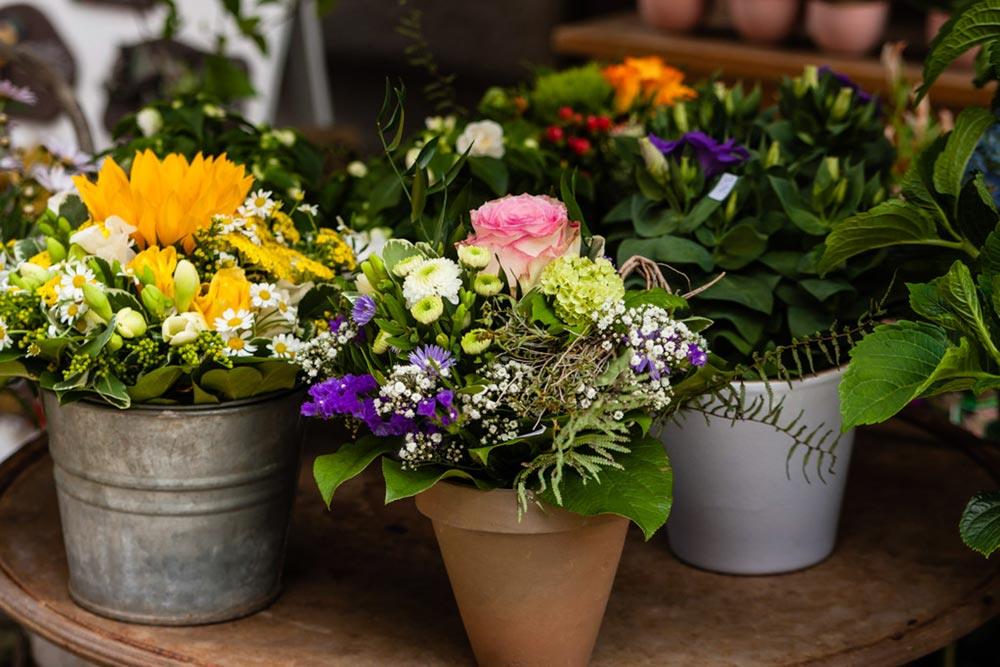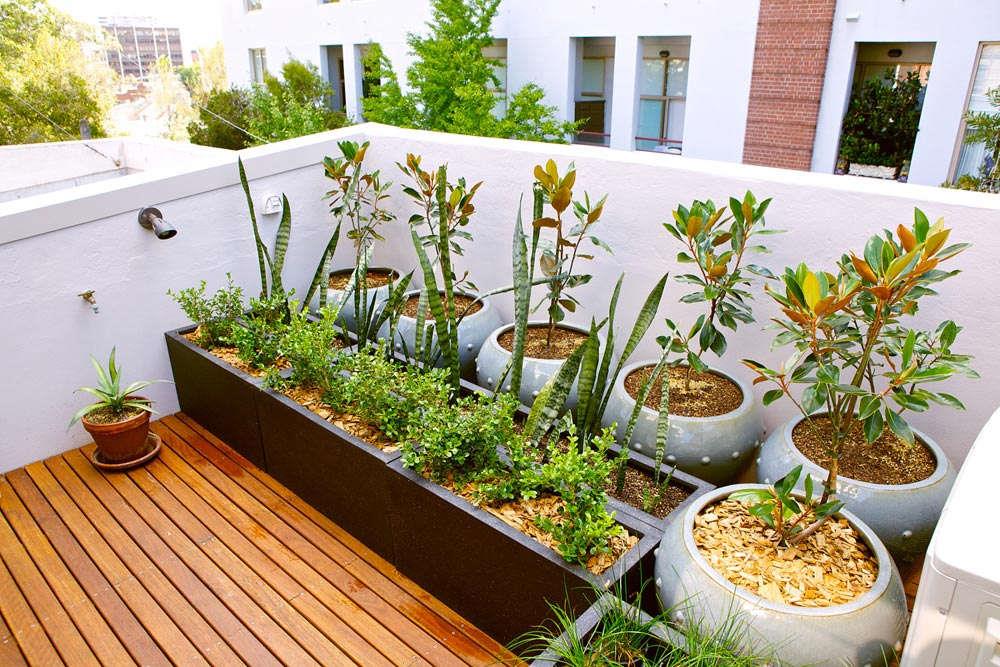How to grow American ginseng
Last Update :2024.12.18
Article Catalog
3. Problem diagnosis and treatment
During the entire growth period, the most suitable temperature is 19-25 degrees. Usually provide astigmatism or diffuse light, and direct light must be avoided. Likes a slightly drier environment, be careful not to get too wet. It doesn't require too much fertilizer. It grows fastest in June and July. Top dressing outside the roots is used to supplement nutrients.

1. Maintenance methods
1. Maintenance method
1. Temperature: During the entire growth period, the most suitable temperature is 19 to 25 degrees, which can be maintained within this range. If it is grown in a greenhouse, , then the temperature does not need to be adjusted, and it is generally more appropriate. If you plant at home, you need to pay attention to cold protection in winter.

2. Light: American ginseng is very afraid of strong light. Sunlight will not only hinder its growth, but may also cause it to suffer from "sunburn". Therefore, it is enough to provide astigmatism or diffuse light. Direct light must be avoided, especially in summer, and the shading degree should be between 70 and 75%.

3. Watering: American ginseng likes a slightly drier environment , being too moist will have an adverse effect on it. Generally speaking, the moisture level of the soil is between 25 and 30%, and it should not be too wet.

4. Fertilization: American ginseng does not require too much fertilizer. It can only be used in June and July when growth is at its fastest. Apply fertilizer outside the roots, usually one to three times.

2. Breeding skills
1 , Propagation: The most commonly used method is seeding. Its seeds have long-term dormancy characteristics, so they need to be germinated before sowing. The best time to sow is February or March. The spacing between plants can be five centimeters, and the spacing between rows can be about ten centimeters. After sowing, the thickness of the covered soil can be about three centimeters, and it needs to be covered with a layer of straw or fallen leaves to maintain heat and moisture.

2. Repotting: If it is a potted plant, it can take one year Or replace it every two years. The size of the flower pot can be determined according to the specific volume. If it grows very large, the flower pot needs to be replaced as well.

3. Problem diagnosis and treatment
1 , Diseases: Common ones include "spot disease", "anthracnose", "epidemic", etc. In addition to spraying corresponding chemicals, lime is also needed to disinfect the soil, and timely water control and drainage are required.

2. Pests: There are many types, such as " Cutworms,” “grubs,” “wireworms,” and more. You can use lights to trap them, or you can use chemicals.

IV. Other questions
1 , Toxicity: It is non-toxic and is a tonic.

2. Can it be grown at home: Yes, But not much, since it's not primarily for viewing.
There are big chrysanthemums in the roses, popcorn in the hydrangeas, and there are actually rooms i

Think that besides the cute little bun shape, roses only look like spreading panca...
How to grow desert roses

Watering: Water once every three days in spring and autumn, once every 1-2 days mo...
